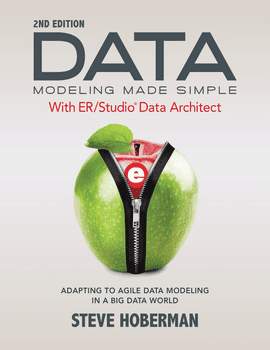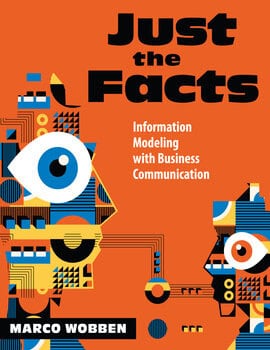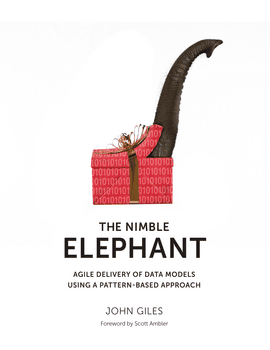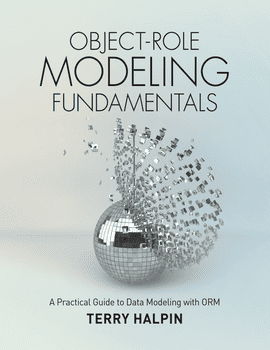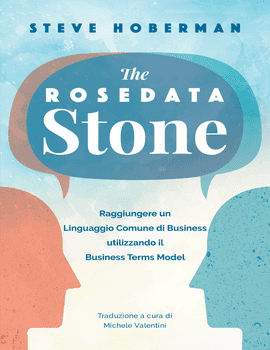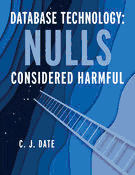Data Modeling Made Simple with ER/Studio Data Architect
Data Modeling Made Simple with ER/Studio Data Architect: Adapting to Agile Data Modeling in a Big Data World, by Steve Hoberman
Build a working knowledge of data modeling concepts and best practices, along with how to apply these principles with ER/Studio.
Topics
SECTION I: Foundation
CHAPTER 1: Data Model Overview
CHAPTER 2: ER/Studio Functionality
CHAPTER 3: ER/Studio Landscape
SECTION II: Data Model Objects
CHAPTER 4: Entities
CHAPTER 5: Submodels
CHAPTER 6: Attributes and Domains
CHAPTER 7: Relationships
SECTION III: Conceptual, Logical, and Physical Data Models
CHAPTER 8: Conceptual Data Models
CHAPTER 9: Logical Data Models
CHAPTER 10: Physical Data Models
SECTION IV: Additional ER/Studio Features
CHAPTER 11: Data Dictionary
CHAPTER 12: Data Lineage
CHAPTER 13: Importing, Exporting, Printing, and Reporting
CHAPTER 14: Naming Standards
CHAPTER 15: Compare/Merge Utility
CHAPTER 16: Features for Agile Teams and Continuous Improvement
APPENDIX A: References
APPENDIX B: Answers to Exercises
APPENDIX C: Glossary
APPENDIX D: ER/Studio Commands Quick Reference
This second edition includes numerous updates and new sections including an overview of ER/Studio’s support for agile development, as well as a description of some of ER/Studio’s newer features for NoSQL, such as MongoDB’s containment structure. You will build many ER/Studio data models along the way, applying best practices to master these ten objectives:
1. Know why a data model is needed and which ER/Studio models are the most appropriate for each situation
2. Understand each component on the data model and how to represent and create them in ER/Studio
3. Know how to leverage ER/Studio’s latest features including those assisting agile teams and forward and reverse engineering of NoSQL databases
4. Know how to apply all the foundational features of ER/Studio
5. Be able to build relational and dimensional conceptual, logical, and physical data models in ER/Studio
6. Be able to apply techniques such as indexing, transforms, and forward engineering to turn a logical data model into an efficient physical design
7. Improve data model quality and impact analysis results by leveraging ER/Studio’s lineage functionality and compare/merge utility
8. Be able to apply ER/Studio’s data dictionary features
9. Learn ways of sharing the data model through reporting and through exporting the model in a variety of formats
10. Leverage ER/Studio’s naming functionality to improve naming consistency, including the new Automatic Naming Translation feature.
This book contains four sections:
Section I introduces data modeling and the ER/Studio landscape. Learn why data modeling is so critical to software development and even more importantly, why data modeling is so critical to understanding the business. You will learn about the newest features in ER/Studio (including features on big data and agile), and the ER/Studio environment. By the end of this section, you will have created and saved your first data model in ER/Studio and be ready to start modeling in Section II!
Section II explains all of the symbols and text on a data model, including entities, attributes, relationships, domains, and keys. By the time you finish this section, you will be able to ‘read’ a data model of any size or complexity, and create a complete data model in ER/Studio.
Section III explores the three different levels of models: conceptual, logical, and physical. A conceptual data model (CDM) represents a business need within a defined scope. The logical data model (LDM) represents a detailed business solution, capturing the business requirements without complicating the model with implementation concerns such as software and hardware. The physical data model (PDM) represents a detailed technical solution. The PDM is the logical data model compromised often to improve performance or usability. The PDM makes up for deficiencies in our technology. By the end of this section you will be able to create conceptual, logical, and physical data models in ER/Studio.
Section IV discusses additional features of ER/Studio. These features include data dictionary, data lineage, automating tasks, repository and portal, exporting and reporting, naming standards, and compare and merge functionality.
About Steve
Steve Hoberman is a world-recognized innovator and thought-leader in the field of data modeling. He has worked as a business intelligence and data management practitioner and trainer since 1990. He is the author of Data Modelers Workbench and Data Modeling Made Simple, the founder of the Design Challenges group and the inventor of the Data Model Scorecard®.
Faculty may request complimentary digital desk copies
Please complete all fields.
